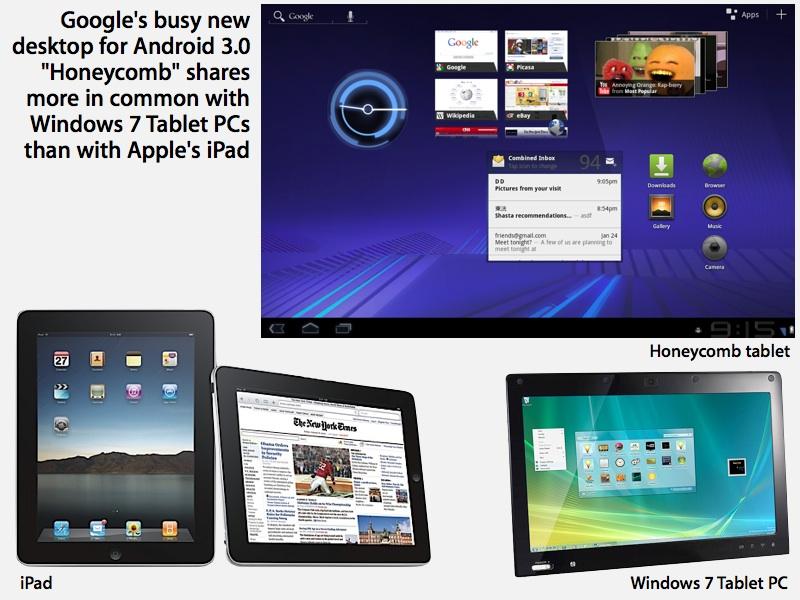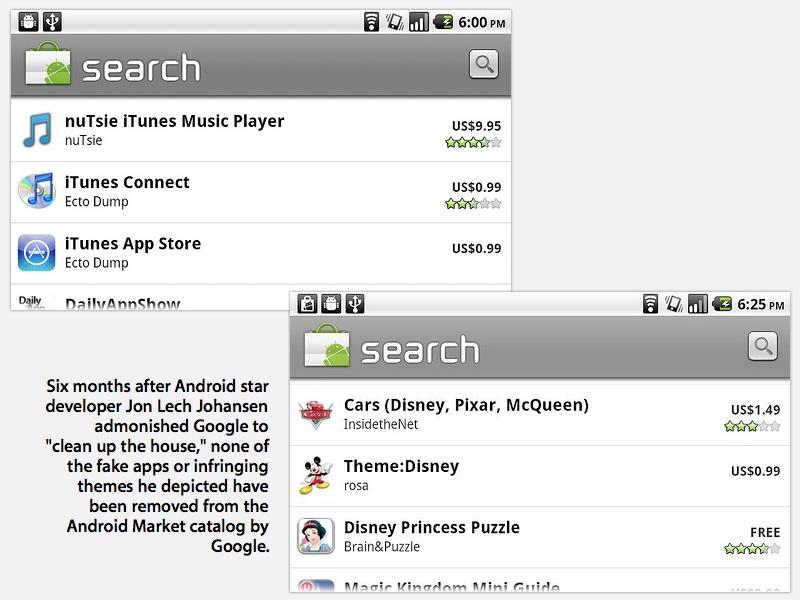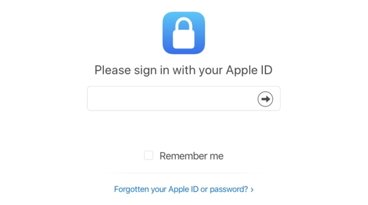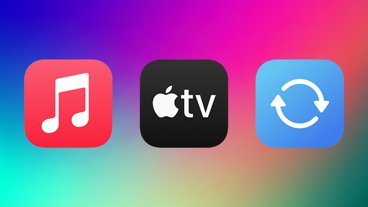Android 3.0 Honeycomb more akin to Tablet PC than iPad
Android 3.0 Honeycomb
On Wednesday, Google previewed its upcoming, tablet-oriented Android OS 3.0 Honeycomb. The new release runs existing Android smartphone apps, but is intended to enable a new class of tablet-sized apps, just like last year's iPad, except that iPad launched with hundreds of prominent app titles and has since generated a library of more than 60,000 iPad-optimized apps.
However, unlike the iPad home screen, which served as a larger version of the iPhone's, Google has designated the home screen of Honeycomb tablets to serve as a dense array of widgets spanning multiple pages, more like a PC desktop, with a lower "System Bar" containing app switcher controls and a taskbar (called "notifications and system status"), an upper "Action Bar" with search and app launching controls, and a series of virtual desktops, each containing a configurable Dock-like strip of app icons below a series of floating panels that can present media playback controls, live inbox and calendar items, stacks of ebooks and youtube videos, and other user configurable mini-applets.
This should make Honeycomb tablets more akin to Microsoft's Tablet PC than Apple's iPad, and attract a similar audience of users. Apple's iPad 1.0 offers a far more simplistic home page, which Google derided as being just "a warehouse full of apps" in its presentation.
Google's presenter said Honeycomb tablets have a desktop that is "an application development platform in itself," using the same widget mini-apps that appear on Android phones. One drawback to existing Android widgets is that they often constantly poll for data, eating into battery life. Apple designed iOS devices to do very little until the user actually launches an app, enabling an exceptionally long battery capacity.
Apple pursued a similar strategy with iPods, dimming the screen and effectively coasting as much as possible to preserve battery life while playing music. Competing devices, including Microsoft's Zune, chose instead to present graphic effects that made for good demonstrations but were ultimately just impractical. A key feature of last year's Android 2.1 was Live Wallpapers, which similarly animate the background for cool effects that require illuminating the screen to even see, identically favoring frills over battery life. One reason why Windows Tablet PCs haven't ever gained traction with users is their poor battery life.
Google said it had spent a lot of time optimizing graphics performance in 2D and 3D, and demonstrated new API support for hardware accelerated user interface animations intended to deliver "overall polish," similar to the LayerKit API that first debuted on the original iPhone in 2007 and which later made its way to the Mac OS X Leopard desktop as Core Animation. A lack of consistent hardware accelerated UI support in Android is blamed for its jerky and lagging experience, a particularly notable problem on the Android 2.2 Froyo-based Samsung Galaxy Tab.
Android's new RenderScript drawing API was demonstrated by opening the eBook app and turning virtual pages using the same page turning effect Apple showed off a year ago when it launched the iPad, but the effect was presented as if it had never been seen before on a tablet.
Android 3.0 Honeycomb also delivers some features Apple's iPod 1.0 doesn't, including support for features of Google Maps 5.0 (including elevation views with 3D buildings), a popup notification system that presents update notices similar to the Windows taskbar, a very complex camera app, and support for GoogleTalk video messaging, something similar to Apple's FaceTime in iOS 4.0 but which is not exposed on iPad 1.0 because, like most Android smartphones, it lacks a front facing camera. Google's presentation was short on technical details, including whether or not GoogleTalk might be compatible with FaceTime.
The new Android release also catches up in some respects to iOS 4.0 in adding support for some basic new enterprise policy management features, HTTP Live Streaming and an "extensible DRM framework" that should enable Android users to use apps that make use of protected content such as Netflix.
On page 2 of 2: Focusing on a market that doesn't yet exist, Android Market on the web.
Google apparently intends to bring features of Honeycomb to Android smartphone users at some point, but did not say when this might happen; Honeycomb is targeted exclusively at tablets. Android 2.2 Froyo, which was released last summer alongside Apple's iOS 4, still only shows up on half of the smartphones actively using Android Market, with several modern phones still not providing upgrade paths to that version by their hardware maker or carrier.
With virtually all of Google's installed base currently using smartphones, the debut of Android 3.0 Honeycomb and its new features exclusively for tablets that don't yet exist is an interesting strategy, and the opposite of how Apple launched its iPad.
In contrast, Apple released an interim iOS 3.2 on the new iPad last spring, then shortly afterward delivered iOS 4.0 first for its existing installed base of 150 million of iPhone and iPod touch users, waiting to deliver those same features for the few million new iPad users until the release of iOS 4.2 in November.
By delaying key features of Honeycomb from all of its existing Android smartphone users in a bid to capitalize on the iPad market, Google is indicating that it values new markets more than its existing customers. Similarly, the company prematurely cut off a support roadmap for Android OS updates from the initial Android model, the T-Mobile G1.
A variety of other Android phones continue to ship with months-old versions of the Android OS and few models are updated within three months of new OS releases; some recent phones have waited six months or more to see updates roll out to their devices. This suggests that features of Honeycomb are unlikely to percolate down to the increasingly large installed base of Android smartphones until the end of 2011 at the very earliest.
Additionally, the Motorola Xoom tablet Google used to demonstrate Honeycomb uses a screen size and resolution similar to iPad, meaning that even if Honeycomb is ever made available to the current crop of 5 inch and 7 inch tablets (such as the Dell Streak and Galaxy Tab), its expansive, detailed user interface won't work unless, as Apple's chief executive Steve Jobs quipped last fall, users are also given a file to whittle down their fingers.
Jobs added at the time, "we think the 7 inch tablets will be dead on arrival, and manufacturers will realize they're too small and abandon them next year. They'll then increase the size, abandoning the customers and developers who bought into the smaller format." Customers of the Galaxy Tab are already returning them on a scale approaching 16 percent, suggesting the format and build of the device was just as DOA as Jobs had predicted.
Android Market, on the web
Android's equivalent of the iOS App Store hasn't ever been very compelling, in part because its only viewable from within Android smartphones. Google's own developers have complained, as Jon Lech Johansen did, that "Google does far too little curation of the Android Market," citing "few high quality apps," limited support for app sales outside the US, and no support for carrier billing or credit card payments.
Johansen also cited examples showing that "trademark and copyright infringement is widespread in the Android Market," specifically noting phony "iTunes" and "App Store" titles. Months later, the examples he gave are still there, but Johansen now has something new to complain about: Google has also released a web-based client for Android Market to compete against his own DoubleTwist, a third party equivalent of iTunes for Android users.
A year ago, Apple similarly added web-based browsing for iOS apps to iTunes Preview. The difference is that Apple's web store links to iTunes for purchases, which can be made via credit cards (since 2008); Google still only accepts its own Google Checkout for payments.
That's helping to hold back sales of Android apps, a problem Google is "not happy" about. Among the steps the company is taking to address the problem are plans to offer alternative billing through carriers and in app purchases.
Apple introduced in app purchases two years ago as part of iOS 3.0. Hardly on the forefront of mobile development, Google has also been beaten by RIM, which not only announced but also delivered developer support for enabling in app purchases in BlackBerry apps today. Google will begin testing of in app purchases in a few weeks and plans to have the new system operational by the end of the quarter.
 Daniel Eran Dilger
Daniel Eran Dilger












 Mike Wuerthele
Mike Wuerthele
 Malcolm Owen
Malcolm Owen
 Chip Loder
Chip Loder

 William Gallagher
William Gallagher
 Christine McKee
Christine McKee
 Michael Stroup
Michael Stroup
 William Gallagher and Mike Wuerthele
William Gallagher and Mike Wuerthele







